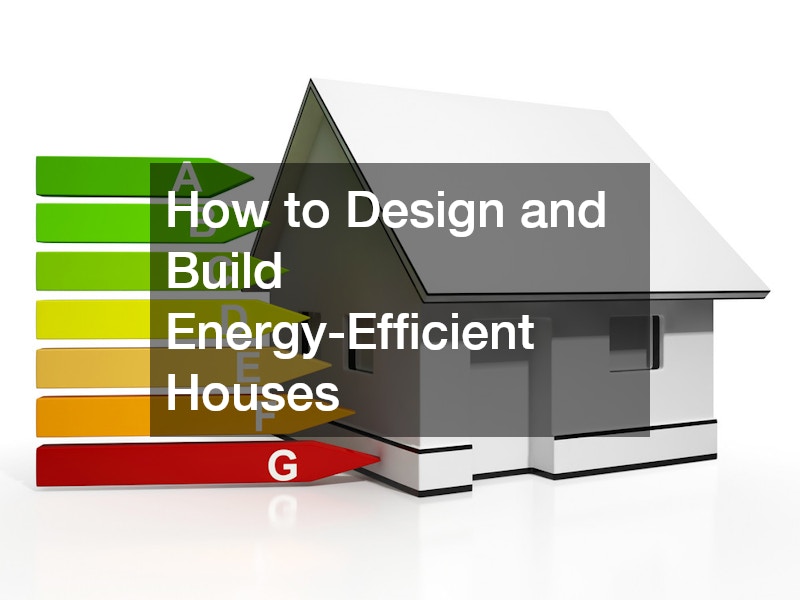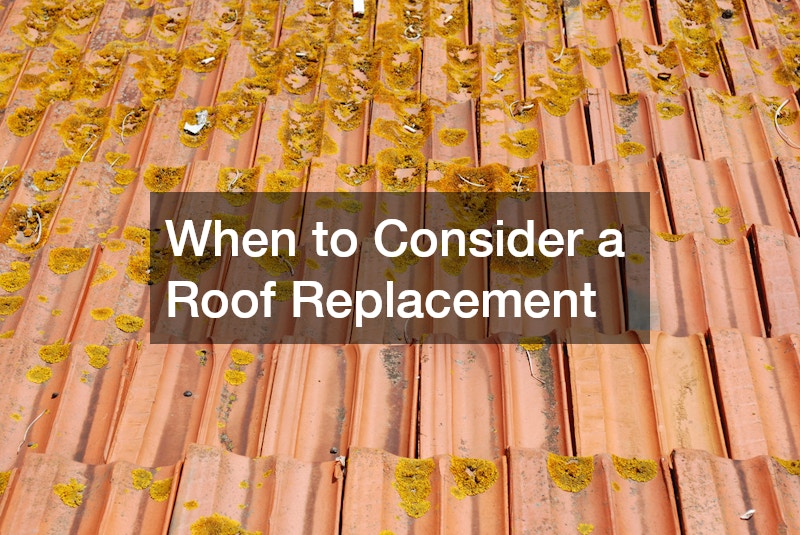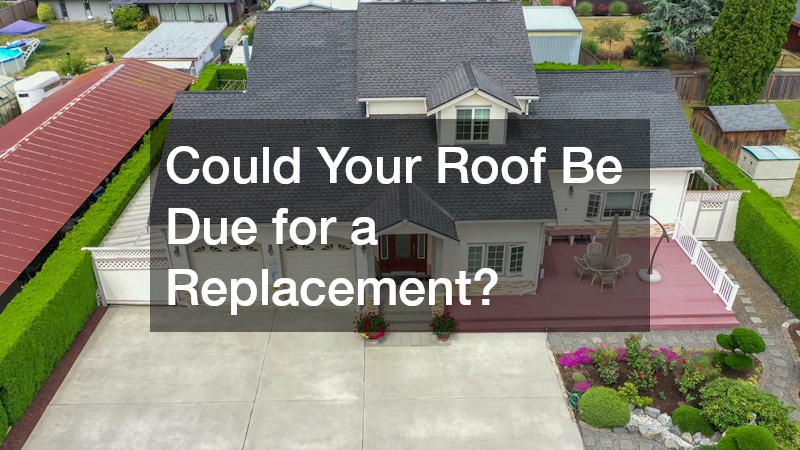
Designing and building an efficient roof is essential for homeowners looking to reduce energy costs and enhance the overall sustainability of their homes. Whether you live in a region with hot summers, cold winters, or both, the right roof can significantly impact your home’s energy consumption and comfort levels. Here are some key strategies to consider when planning your next roofing project.
Assess Your Roof’s Current Condition
Understanding the current state of your roof is the first step in maximizing its efficiency. This helps you identify areas needing improvement and prioritize upgrades effectively.
Conducting a thorough inspection can reveal wear and tear, leaks, and insulation issues.
- Conduct a Thorough Inspection: Hire a residential roofer to perform a detailed inspection. Look for signs of wear and tear, leaks, and areas with poor insulation.
- Evaluate Existing Insulation: Check the insulation levels in your attic and roof. Proper insulation is vital for maintaining indoor temperatures.
Choose the Right Roofing Materials
The materials you select for your roof can significantly influence its efficiency and longevity. Opting for energy-efficient materials can help reduce heat absorption and improve your home’s overall energy performance.
- Opt for White Cool Roofs: These roofs reflect more sunlight and absorb less heat, reducing the heat island effect and lowering cooling costs.
- Consider Metal Roofing: Metal roofs are highly durable and can be coated with reflective finishes to enhance energy efficiency.
- Use Energy-Efficient Shingles: Look for shingles with high reflectance and emissivity ratings to minimize heat absorption.
Incorporate Energy-Efficient Designs
Design elements are crucial in enhancing your roof’s efficiency. Proper ventilation, insulation, and shading can help regulate temperature and moisture levels, improving your home’s comfort and reducing energy costs.
- Install Proper Ventilation: Adequate ventilation helps regulate temperature and moisture levels in the attic, preventing heat buildup and condensation.
- Add Overhangs or Eaves: These can provide shade and reduce direct sunlight on your windows and walls, further lowering cooling costs.
- Integrate Insulation: Enhance your roof’s insulation to prevent heat loss during winter and keep your home cool in summer.
Implement Sustainable Roofing Solutions
Sustainable roofing solutions not only improve efficiency but also contribute to environmental conservation. Incorporating green roofs, solar panels, and recycled materials can enhance your roof’s performance and sustainability.
- Consider Green Roofs: While more common in commercial buildings, green roofs can be adapted for residential use in specific areas. They provide insulation, reduce stormwater runoff, and offer aesthetic benefits.
- Install Solar Panels: Harness solar energy by installing photovoltaic panels on your roof. This can significantly reduce your reliance on grid electricity and lower energy bills.
- Use Recycled Materials: Choose roofing materials made from recycled content to reduce environmental impact.
Plan for Long-Term Maintenance
Maintaining your roof proactively ensures it remains efficient and extends its lifespan. Regular inspections and prompt repairs can help maintain optimal performance and avoid costly damages.
- Schedule Regular Inspections: Regular check-ups by a residential roofer can help catch potential issues early and maintain roof performance.
- Clean Gutters and Downspouts: Keeping gutters clear of debris prevents water damage and ensures proper drainage.
- Address Repairs Promptly: Fix any damage or leaks as soon as they are identified to avoid costly repairs and further inefficiencies.
Conclusion
Investing in an efficient roof can provide substantial savings on energy costs while enhancing the comfort and sustainability of your home. By assessing your current roof, selecting the right materials, incorporating energy-efficient designs, implementing sustainable solutions, and planning for regular maintenance, you can create a roof that performs optimally in both hot and cold weather conditions.
.



